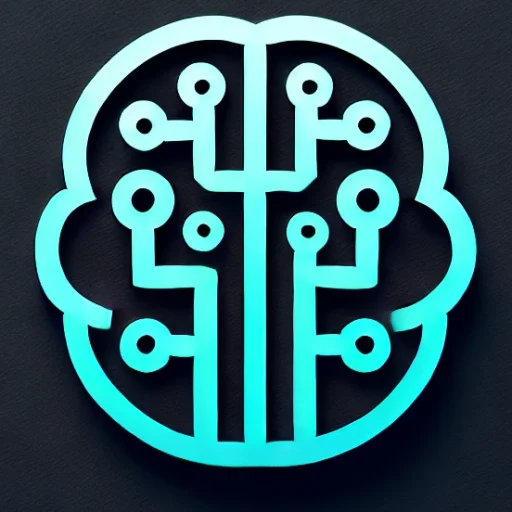
Introduction
In the last few years, we have witnessed a seismic shift in the realms of artificial intelligence and computing, driven largely by the rapid ascension of generative AI. This subset of AI, celebrated for its ability to create content autonomously, is revolutionizing industries from entertainment to healthcare. As organizations and individuals alike harness its capabilities, generative AI is offering unprecedented opportunities to innovate and inspire.
Key Insights & Latest Advancements
Generative AI encompasses a range of techniques, including language models, neural style transfer, and adversarial networks. The most notable of these advancements is the development of large language models like GPT-4, which have showcased remarkable proficiency in generating human-like text. Additionally, image generation models such as DALL-E and Midjourney have shown how machines can produce stunning visual art from simple text prompts.
The leap from traditional AI techniques to generative AI has been fueled by advancements in machine learning algorithms and increased computational power, particularly through the use of graphics processing units (GPUs) and tensor processing units (TPUs). The utilization of massive datasets for training these models has also played a crucial role in refining their creative output.
Real-World Applications
The creative potential of generative AI is being realized across various domains. In entertainment, filmmakers and game developers are leveraging AI to generate scripts, design characters, and create lifelike visuals. In the fashion industry, designers use AI to explore novel patterns and styles, pushing the boundaries of creativity. Moreover, in healthcare, generative AI is aiding in the synthesis of new drug compounds and the creation of personalized treatment plans by simulating biological scenarios.
Furthermore, generative AI is transforming content creation in marketing and advertising, allowing for the rapid production of campaign materials that resonate with target audiences. Its application in architecture and urban planning is also promising, providing architects with innovative designs and sustainable solutions.
Challenges & Future Outlook
Despite its promise, generative AI presents several challenges. Ethical concerns, such as the potential for AI-generated content to deceive or propagate misinformation, are significant. There is also the question of intellectual property rights as AI begins to create original works. Moreover, the environmental impact of training large AI models raises sustainability concerns.
To address these challenges, ongoing research is essential to develop guidelines that promote ethical use and to explore ways to reduce the carbon footprint of AI systems. The future of generative AI is bright, with expectations of even more sophisticated models that can better understand and replicate human creativity.
Conclusion with Key Takeaways
The advent of generative AI marks a transformative period in technology, offering vast potential to amplify creativity and innovation across disciplines. As it becomes more deeply integrated into our daily lives, it is crucial to navigate its challenges thoughtfully and responsibly. By doing so, we can harness the full potential of generative AI, ensuring it remains a powerful tool to inspire and drive progress in the digital era.

